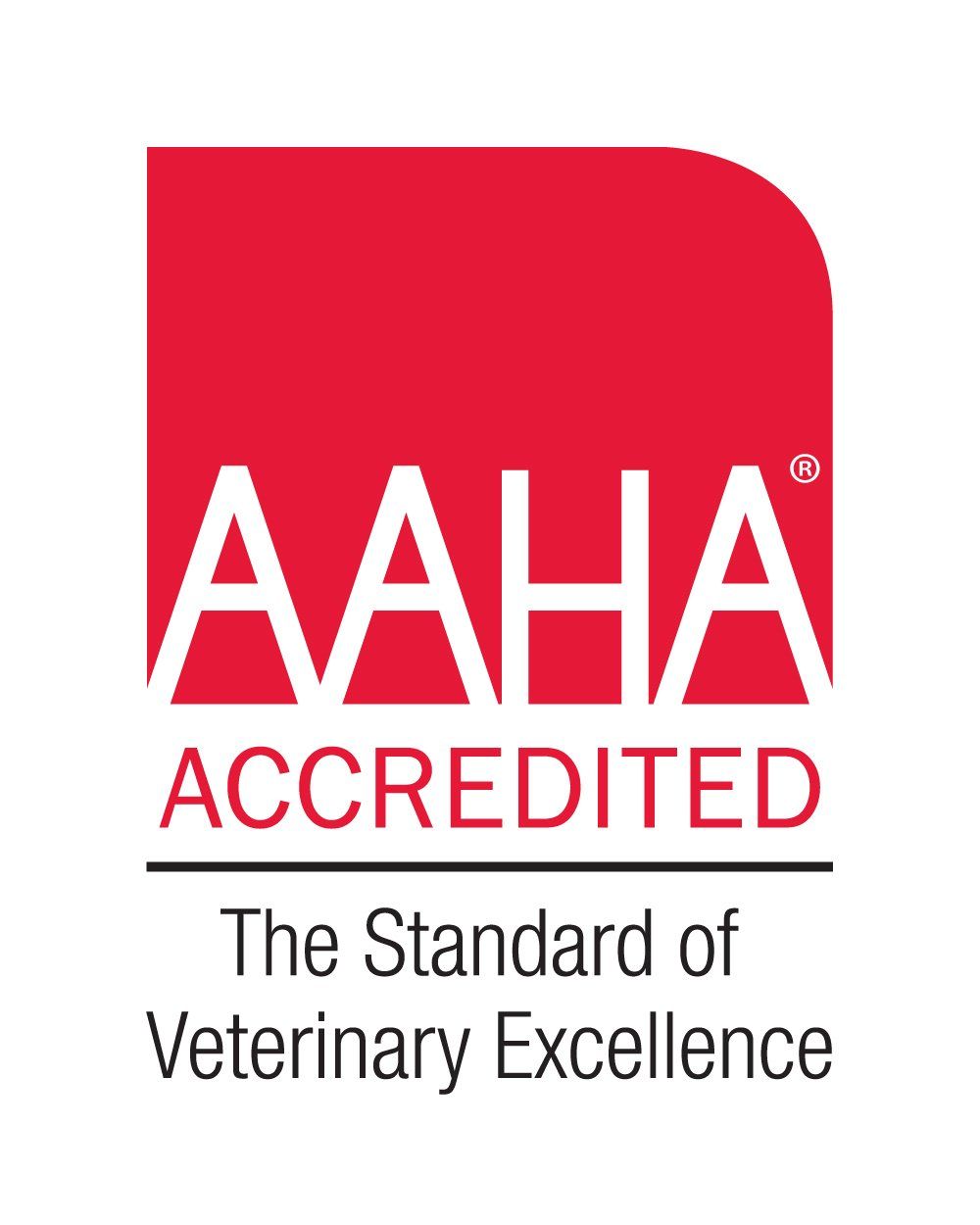Desensitization and Counter Conditioning
adapted from Lynne M. Seibert DVM, MS, PhD, DACVB
Desensitization: Exposing an animal to the arousing stimulus at a level that does not elicit a response and rewarding the animal for remaining relaxed.
• The timing and duration of the arousing stimulus are controlled, so the stimulus must be reproducible
• The animal needs to remain calm as the intensity or proximity of the stimulus is increased
• If the animal gets aroused numerous times during training, progression is too rapid. The animal’s response will determine how quickly the exercises will progress
• When inappropriate responses occur (arousal, anxiety, barking, or aggression):
1) The stimulus is lessened so that the animal’s arousal decreases
2) Terminate the session; the animal can be led away from the stimulus rather than having the stimulus retreat.
• Always end the training session on a positive note
Counter Conditioning: The substitution of an alternative activity that is incompatible with and more acceptable than the undesirable behavior
• Training sessions should be short-5 to 10 minutes, and practiced at least once daily
• Appropriate behaviors should be reinforced immediately, inappropriate behaviors should be ignored, and then redirected
• Relaxation exercises are an optimal counter conditioning exercise (play, feeding behaviors, and grooming are additional types of counter conditioners)
Reinforcement Schedule(s):
• Continuous - Reinforcement delivered after every response
• Intermittent – Reinforcement delivered after only some of the responses
• Reinforcement should be continuous at first, and then intermittent
When training a behavior, it is most effective to use continuous reinforcement until the behavior is learned. Then, an intermittent schedule should be used to ensure that the learned behaviors are more resistant to extinction.
Key Points:
• Your dog must be successful with relaxation exercises before attempting any desensitization
• Your dog will be exposed to stimuli that have induced aggression or fear, but at such a gradual rate that he does not react
• Stimuli will be broken down into a gradient and be gradually presented to your dog while he sits quietly and receives praise and food rewards
• Identify stimuli and situations that might evoke a fearful response and avoid them until your dog can be properly desensitized
• Identify the threshold for the fear response – determine exactly how much your dog can be handled or how closely your dog can be approached without provoking him and start exercises at that point
• Use highly motivating food rewards and reward only non-fearful behaviors (ears forward or relaxed)
• Gradually increase the intensity of the stimulus and record how far the exercises progress for each session
• Do the exercises in multiple locations, but start at the location where your dog is most comfortable
• Reward appropriate behaviors immediately
• Exercises should progress slowly – your dog sets the pace, not you
• Your dog must be able to remain focused and relaxed throughout the exercise, or he will not learn appropriate responses to these situations

